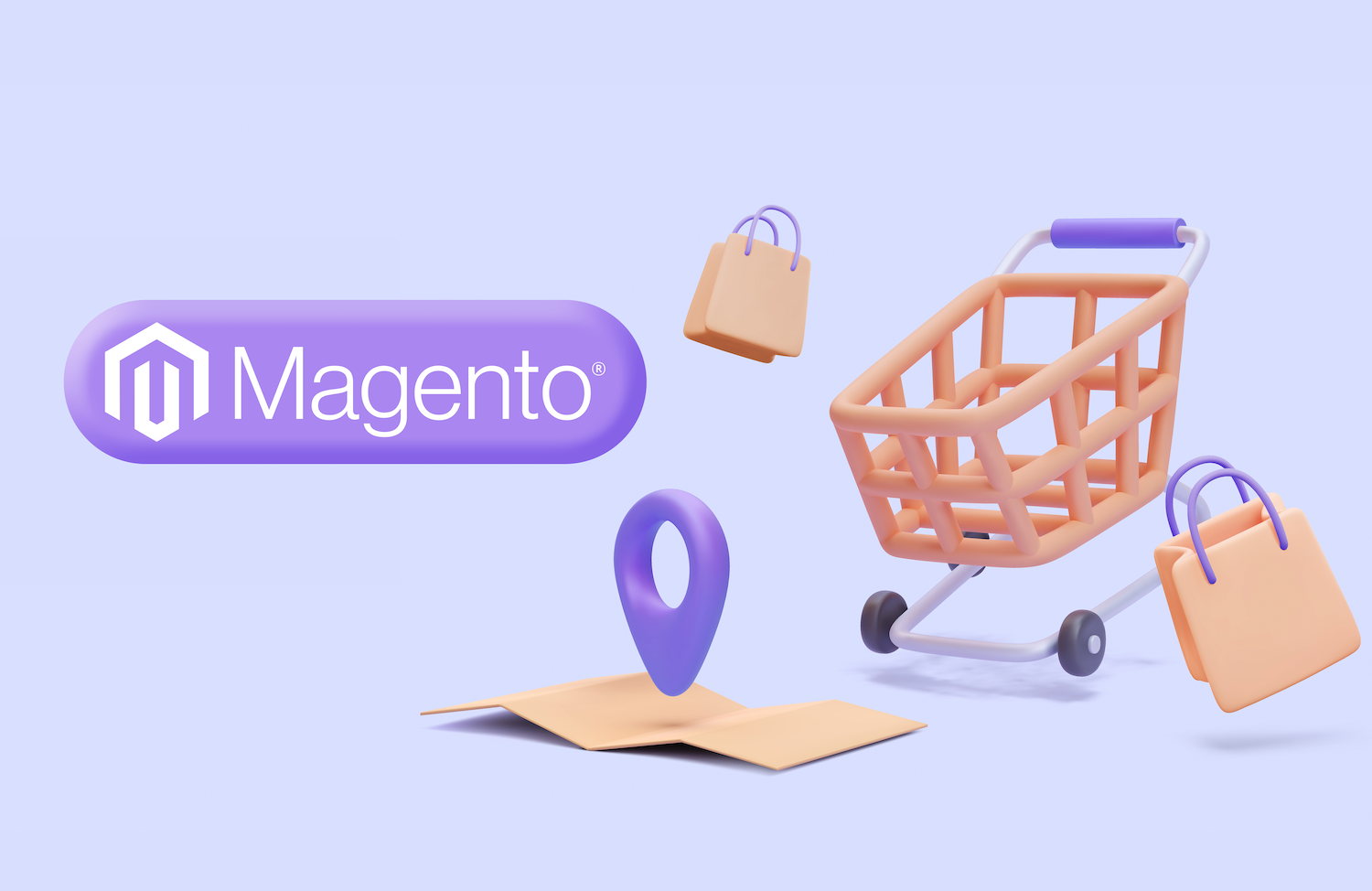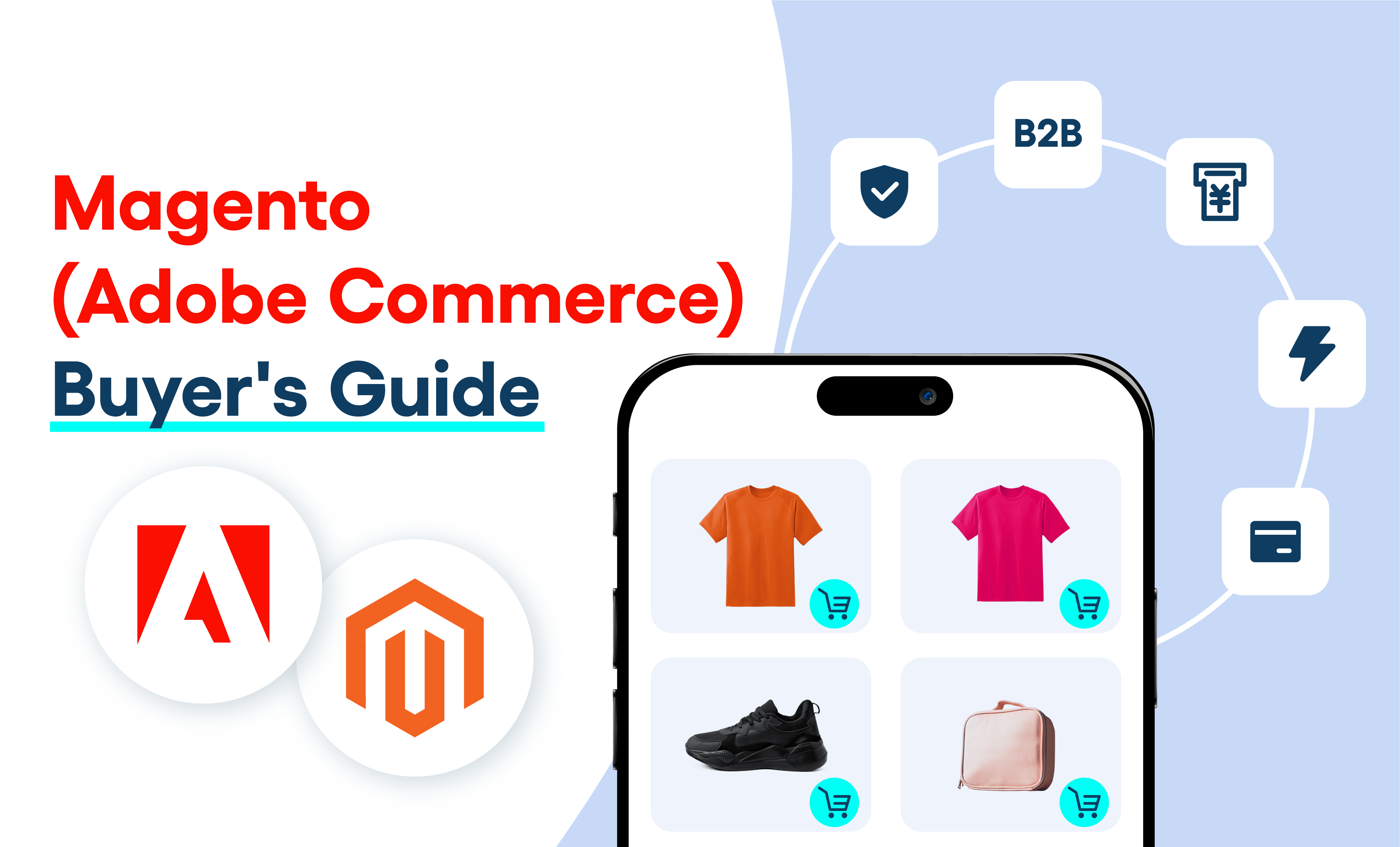Most global eCommerce teams focus on improving speed at the page level. However, studies have shown that 47% of consumers expect a web page to load in 2 seconds or less, and 40% will abandon a website that takes more than 3 seconds to load. In regions like China, Indonesia, or Japan, the challenge often isn’t your code.
Going global? TMO helps brands localize, comply, and scale cross-border with long-term Global eCommerce Solutions.
One of the most common blind spots brands encounter as they begin to scale globally is the fact that site speed isn’t experienced the same way everywhere, even when the codebase, platform, and design remain identical. These performance gaps often go unnoticed until they begin to impact bounce rates, conversion, and customer trust.
According to Google’s Masters of Mobile APAC study, speed was the single greatest performance barrier across the region — and for good reason. In markets like China, where domestic eCommerce competition is fierce and innovation is fast-moving, users expect instant load times. Global brands entering these ecosystems can’t afford to lag. Meanwhile, other APAC markets still fall short of Google’s mobile speed benchmarks, signaling deeper infrastructure constraints that demand thoughtful, regionally adapted deployment.
A customer in Singapore isn’t hitting your servers the same way a customer in Frankfurt is. DNS resolution, CDN coverage, blocked scripts, and mobile network constraints can all compound, turning a fast storefront into a slow, frustrating experience.
In this article, we’ll unpack why your eCommerce store might be fast at home but painfully slow in Asia, what’s actually causing it, and how to fix the bottlenecks without needing to rebuild your entire site.
What Does 'Site Speed' Actually Measure?
Before diving into the regional performance issues, it’s worth clarifying what “site speed” really is and how it is a little more complicated than just “how fast your homepage loads.”
When someone visits your site, your platform and infrastructure work together to deliver content in a series of steps. These include:
- Request (User Action): A visitor clicks a link or enters your URL.
- Browser Processing: Their browser performs a DNS lookup, finds your server, and establishes a connection.
- Server Processing: Your server receives the request and begins generating the page.
- Data Transfer: The page data is sent back to the user’s browser.
- Browser Parsing: HTML, CSS, JavaScript, and other assets are interpreted and loaded.
- Rendering: The page becomes visible and usable on screen.
Related Reading for common frontend bottlenecks and how to solve them: Not Broken, Just Slow? 5 eCommerce Issues Costing you SalesSite speed can be the culprit behind poor UX, ROI, and scalability. We explain common technical issues, where to look, and how to fix them.Not Broken, Just Slow? 5 eCommerce Issues Costing you Sales
These steps make up what’s known as Page Load Time and depending on where your user is located, how your server is configured, and what third-party scripts are in play, any one of these steps can become a bottleneck. This is why two users on the same device may have vastly different experiences depending on which location they're connecting from even when accessing the same storefront.
Why your Store Underperforms Overseas
Once you understand how many steps are involved in rendering a page, it becomes clear how small variations in infrastructure, location, or connection quality can add up to drastically different user experiences, especially across markets.
You might be seeing excellent scores in PageSpeed Insights or Lighthouse. But those are often measured from U.S.- or EU-based testing nodes, under ideal conditions. Your customers in your new target markets aren’t loading your site from the same starting point and they’re certainly not on the same network, device, or content path.
As a result, the exact same page that loads in 3 seconds on your home market might take 8–10 seconds in Manila, simply because:
- DNS resolution takes longer from overseas
- Your CDN lacks POPs in Southeast Asia
- Third-party scripts are blocked or slow to load
- Assets aren’t compressed or lazy-loaded for mobile-first environments
Brands that fall short pay the price in abandonment, lower conversion, and decreased loyalty even with fully optimized storefronts that suffer slow First-Contentful-Paint (FCP) or long Time-to-Interactive (TTI) just because the delivery architecture wasn’t built for international traffic. This is particularly concerning given that a B2B site that loads in 1 second has a conversion rate 3 times higher than a site that loads in 5 seconds, and 5 times higher than a site that loads in 10 seconds.
This isn’t just an annoyance, it’s a conversion killer. Especially in Asia, where mobile-first usage, variable bandwidth, and user expectations of speed are significantly different from what most global templates are built for.
The Hidden Causes of Asia-Specific Bottlenecks
China: A Different Internet Entirely
China doesn’t just slow down foreign websites, it actively blocks or filters them. Many global platforms rely on third-party scripts that simply don’t load behind the Great Firewall. Google Fonts, YouTube embeds, reCAPTCHA, Facebook pixels: all of these are commonly used elements that can quietly break or delay your site when accessed from mainland China.
Make sure your China-facing site meets all local regulations with our China Digital Compliance Services for secure, scalable eCommerce operations.
Worse, platforms like Shopify, BigCommerce, and Adobe Commerce Cloud don’t offer mainland-compliant hosting. That means your entire store is being served from a different continent, often with non-compliant domains, DNS latency, and no local caching. Even if users can access some stores, they’ll experience lag, broken components, and limited trust.
To address this, one reliable solution for China is on-premise hosting (e.g., Magento Open Source or Adobe Commerce On-Premise) along with digital compliance measures like ICP licensing, Chinese server infrastructure, and careful auditing of all third-party tools.
Don’t overlook China ICP Registration Guide: Types, Requirements, & FAQs (2025)Any website or app operating in mainland China must secure an ICP (Internet Content Provider) registration. Read our overview on ICP Permits.ICP registration: a legal must-have for operating a website within the mainland.
Southeast Asia: The Mobile-First Stress Test
In Southeast Asia, the primary challenge isn’t about access restrictions but about connectivity consistency. These are mobile-first economies, with high smartphone penetration and a growing eCommerce base, but network reliability and speed can vary significantly across regions and urban density.
In these environments, performance optimization becomes not just a technical concern, but a user experience necessity. Every extra animation, uncompressed image, or heavy script has a compounding effect on how quickly users can access and interact with your storefront. Even high-growth SEA markets often fall below performance thresholds not because of user demand — but because of infrastructure misalignment on the brand side.
Stores using JavaScript-heavy themes or North America-hosted CDNs struggle here. Common issues include:
- Slow First Contentful Paint due to non-lazy-loaded media
- No regional CDN POPs to accelerate delivery
- Validation forms and scripts that break on regional phone or address formats
- Lack of UX localization: language, currency pre-fill, and input logic mismatches
Other Considerations: Rest of Asia
- Japan & south Korea: Both markets enjoy some of the fastest and most stable internet infrastructure globally, which raises the bar for acceptable performance. While these regions are more forgiving in terms of network speed, international sites can still suffer from increased latency or asset-loading delays if not routed efficiently via region-optimized CDNs or Asia-based hosting. To meet user expectations, even small inefficiencies in DNS resolution or third-party script latency become more noticeable.
- India: Delays are often caused by slow DNS resolution or foreign-hosted TLDs. Payment gateway scripts (especially fraud detection tools) may timeout if they route through distant data centers.
- Middle East (UAE, KSA): Arabic language rendering requires RTL-ready themes; many break without proper testing. COD remains a dominant payment method, and checkout experiences must support it clearly or risk abandonment.
These aren’t edge cases but everyday experiences for users outside a brand's home market. And when your site feels broken to international customers, it doesn’t matter how fast it loads on your dashboard.
Platform & Infrastructure: What's in Your Control (and What Isn’t)
When site performance issues arise in Asia, most eCommerce teams turn to their platform: "Do we need to upgrade? Should we switch themes?"
But many of the performance gaps you’re seeing aren’t about the platform itself: they’re about the infrastructure behind it.
Here’s the distinction:
| Layer | What It Does | What You Control |
| Platform | Handles your cart, product logic, checkout, and front-end experience | Theme optimization, scripts, apps, checkout UX |
| Infrastructure | Determines how fast and reliably that experience reaches your user | Hosting, DNS, CDN, third-party services |
Most teams only optimize the first layer.
But in Asia and especially China, performance often breaks down at the infrastructure level. And depending on your platform, you may have more or less flexibility to fix it.
At TMO, we help brands overcome challenges like these with scalable eCommerce solutions on Magento, Shopify Plus, and beyond. Explore our services.
Shopify Plus (Cloud SaaS)
- Shopify provides a global CDN by default — but this network does not include mainland China.
- You can’t choose where your store is hosted.
- Many themes and apps rely on blocked third-party scripts (like Google Fonts or Facebook SDK).
- You can improve performance in SEA and India by optimizing themes and removing unused apps (note that for China, Shopify isn’t viable as-is).
Magento & Adobe Commerce (Cloud)
- Offers more advanced caching, server-side logic, and theme flexibility
- But when hosted in Adobe Commerce Cloud, it still operates from regional data centers outside of China
- Hosting location and CDN must be audited carefully for performance and compliance issues in Asia
Magento On-Premise
For brands expanding into China, on-premise deployment is the only reliable route:
- You can host inside China (with ICP license) or near-border with optimized CDN and reverse proxy
- You have full control over third-party resources, domain routing, and server-level performance tuning
- You can remove or replace scripts that would otherwise cause blockages or user frustration
Whether you're using Shopify, Adobe Commerce Cloud, or Magento On-Premise, it's essential to separate what your platform can do from what your infrastructure must do to support global speed.
Fix Global Speed Disparity Without Rebuilding Everything
The good news are that you don’t always need to start from scratch. In many cases, performance issues in Asia can be mitigated with targeted fixes, infrastructure audits, and localization adjustments without replatforming or rebuilding your entire store. Here’s where to start:
1. Benchmark by Region, Not Just Globally
Use tools like WebPageTest, SpeedVitals, or GTmetrix with regional test nodes in your priority markets to evaluate:
- Time to First Byte (TTFB)
- First Contentful Paint (FCP)
- Total Load Time
- DNS resolution speed
If your results vary drastically across locations, that’s your first signal.
2. Audit Third-Party Scripts and Blocked Resources
- Identify resources loading from Google, Facebook, YouTube, or foreign CDNs — and replace or self-host them
- Use Chrome DevTools → Coverage tab to see unused scripts or CSS
- Remove unnecessary trackers or scripts from loading globally (especially in SEA or China)
3. Use a CDN with POPs in Asia (Not Just "Global")
- Tools like Cloudflare Enterprise, Akamai, or Alibaba Cloud CDN offer stronger coverage across Southeast Asia and China
- Check if your current CDN has local nodes in Vietnam, Thailand, Malaysia, India, or East Asia
4. Localize Form Logic and Input Validation
- Customize phone number fields, address formats, and autofill logic
- Pre-fill region-specific currency, language, and checkout flows
- Avoid U.S.-centric UX assumptions: zip code validation, province dropdowns, captcha forms, etc.
5. Plan for China-Specific Deployment (If Relevant)
- If expanding into China, review your ICP license prep and stack simplification
- Consider near-China hosting with reverse proxy setups as a short-term workaround
- For full access and speed, move toward Magento On-Premise with local or compliant hosting
Even if your platform doesn’t allow you to control everything, these improvements can close the speed gap, reduce bounce rates, and ensure users across Asia don’t feel like second-class customers. Remember, for every second delay in mobile page load, conversions can fall by up to 20%.
Optimizing your Global Store's Performance with TMO
Site speed isn’t just about load time: it’s about credibility, trust, and scalability. As your eCommerce operation expands into Asia, it’s easy to assume that performance translates across borders. But what works in New York doesn’t always hold up in Bangkok, Mumbai, or Shanghai.
In many cases, your platform isn’t broken—it’s just not deployed with global readiness in mind. And for regions like China or Southeast Asia, even the best-optimized storefronts can underperform without the right infrastructure and localization strategy in place.
Unsure where to start? An Operational and Technical Audit can help you uncover eCommerce performance, SEO, and security issues.
With the right combination of infrastructure audits, regional testing, and platform-aware configurations, you can unlock major improvements and future-proof your cross-border expansion. Reach out to TMO to explore how you can optimize your Global eCommerce presence.










